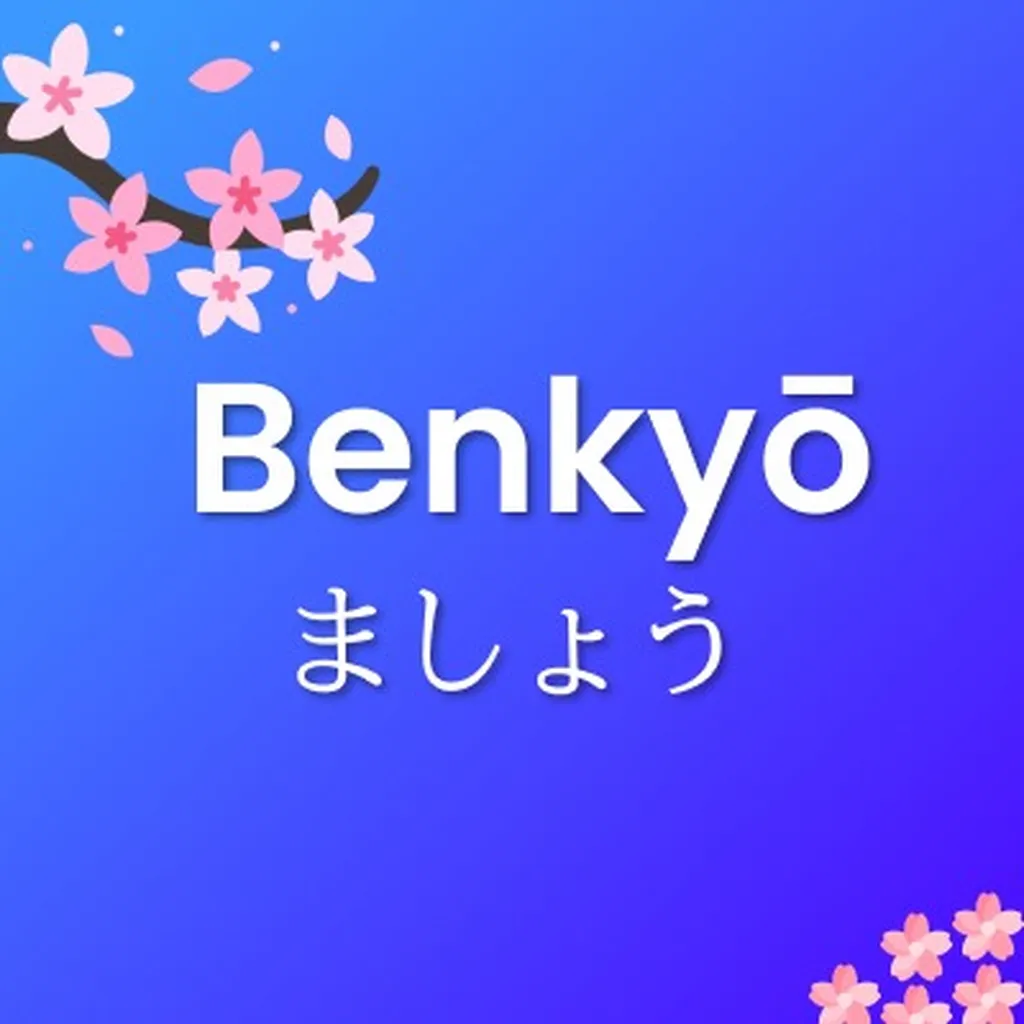です・ます Form: Your First Step into Polite Japanese
Now that you've learned basic greetings and vocabulary, it's time to start forming your own sentences! Let's begin with the polite forms that will help you communicate respectfully in Japanese.
What are です and ます?
In Japanese, there are different levels of politeness. Two of the most common polite endings you'll use are です and ます:
です (desu)
です is used with nouns and adjectives to make your sentences polite. It's essential for formal situations and proper Japanese etiquette. Think of it as adding politeness to statements about things or descriptions.
ます (masu)
ます attaches to verbs, changing their ending to create a polite form. It's perfect for formal conversations and shows respect to your listener. When you use ます, you're elevating your speech to a more courteous level.
When to Use Polite Forms
Polite forms are your go-to choice when meeting someone for the first time, speaking with teachers or seniors, in business situations, or whenever you want to show respect. It's always better to start formal and become casual later if appropriate.
私は学生です。
Watashi wa gakusei desu.
I am a student.
Note: です with a noun (学生/student)
食べます。
Tabemasu.
I eat / I will eat.
Note: ます with a verb (食べる/eat)
Putting it Together
です goes at the end of sentences with nouns/adjectives, while ます attaches to verbs. Using these endings shows respect and creates a polite atmosphere in your conversations.
Note about Pronouns
Remember from Lesson 1 that Japanese speakers often omit pronouns like "I" or "you" if the context is clear. Instead of using "you," it's typical to use the listener's name followed by さん.
山田さんは先生です。
Yamada-san wa sensei desu.
Mr. Yamada is a teacher.
Note: Using name + さん instead of 'he'
